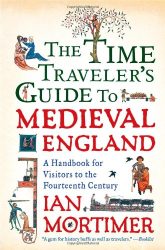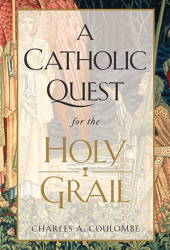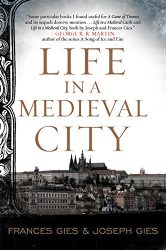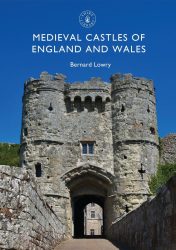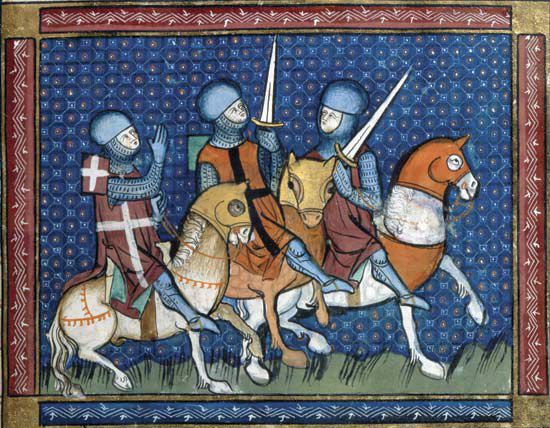
Medieval knights had to go through years of training in the use of weapons, horsemanship, and warfare. Frequently, members of the noble class, knights were responsible for defending their feudal lord’s territory from rivals and keeping the local serfdom in line with the lord’s rule.
They were an elite class of warriors that used weapons such as longswords and lances and specialized in armored combat from horseback. They conducted themselves according to the Code of Chivalry, which covered courtly etiquette and valor in battle and devotion to the Christian faith.
History of the Knight
The origins of knighthood can be traced back to the Greek hippeis (ἱππεῖς) and Roman eques. In Sparta, the hippeus was the royal guard of honor, 300 Spartan youths who had served in the Krypteia and/or were Olympic champions. They served as heavily armed infantry soldiers in the King’s bodyguard. During Roman times, legionary cavalry was originally recruited exclusively from the ranks of the patricians. It was provided with a sum of money by the state to purchase a horse for military service and its fodder.
The first knights appeared during the reign of Charlemagne in the 8th century, and the older Carolingian ceremony of presenting a young man with weapons influenced the emergence of knighthood ceremonies. In the Middle Ages in Europe, knighthood was conferred upon mounted warriors. In the course of the 12th-century, knighthood became a social rank, with the military role of fully armored cavalryman gaining a separate term, “man-at-arms” (not all men-at-arms were knights).
The first military orders of knighthood were founded shortly after the First Crusade of 1099. These were the Knights of the Holy Sepulchre and the Knights Hospitaller, which were followed by the Order of Saint Lazarus (1100), the Knights Templars (1118), and the Teutonic Knights (1190).
By the Late Middle Ages, the rank had become associated with chivalry ideals, a code of conduct for the perfect courtly Christian warrior. When new methods of warfare began to be used, these rendered classical knights in armor obsolete.
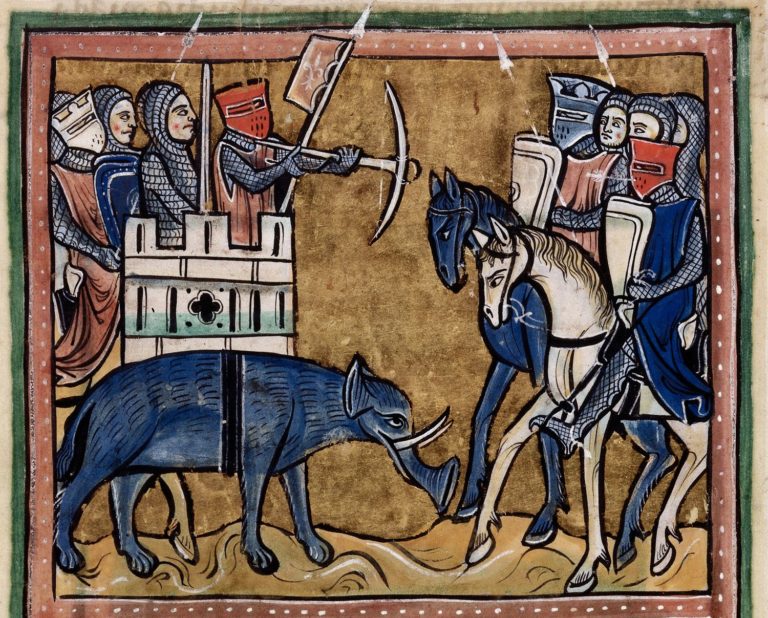
How Many Knights Were There in a Medieval Army?
The number of knights in a medieval army varied depending on its location, time period, and purpose. During the early Middle Ages, the number of knights in an army was relatively small, as these were usually wealthy and privileged individuals who could afford expensive armour and horses. They were also required to provide their own equipment and serve in the army for a limited time.
As time progressed, the number of knights in an army increased, as more individuals of lower social status were able to acquire the necessary equipment and training to become knights. By the 14th century, knights made up a significant portion of the European armies, but they still represented only a fraction of the total number of soldiers. A typical medieval army could range from a few hundred to tens of thousands of soldiers, depending on the size and purpose of the campaign.
Training to Become a Knight
Higher nobles would grant the vassals portions of land in return for their loyalty, protection, and service. They also provided their knights with lodging, food, armor, weapons, horses, and money. In exchange, knights provided military service that usually lasted 40 days a year.
A knight would start their life in a castle as a Page and then move up to a Squire’s role. They had to be born of nobility – typically sons of knights or lords, although there were cases of commoners knighted as a reward for extraordinary military service. The children were cared for by noble foster-mothers in castles until they reached age seven when they were given the title of page and turned over to the castle’s lords’ care. Their early training included hunting and academic studies. They would also assist older knights in battle, carrying and cleaning armor, taking care of the horses, and packing the baggage.
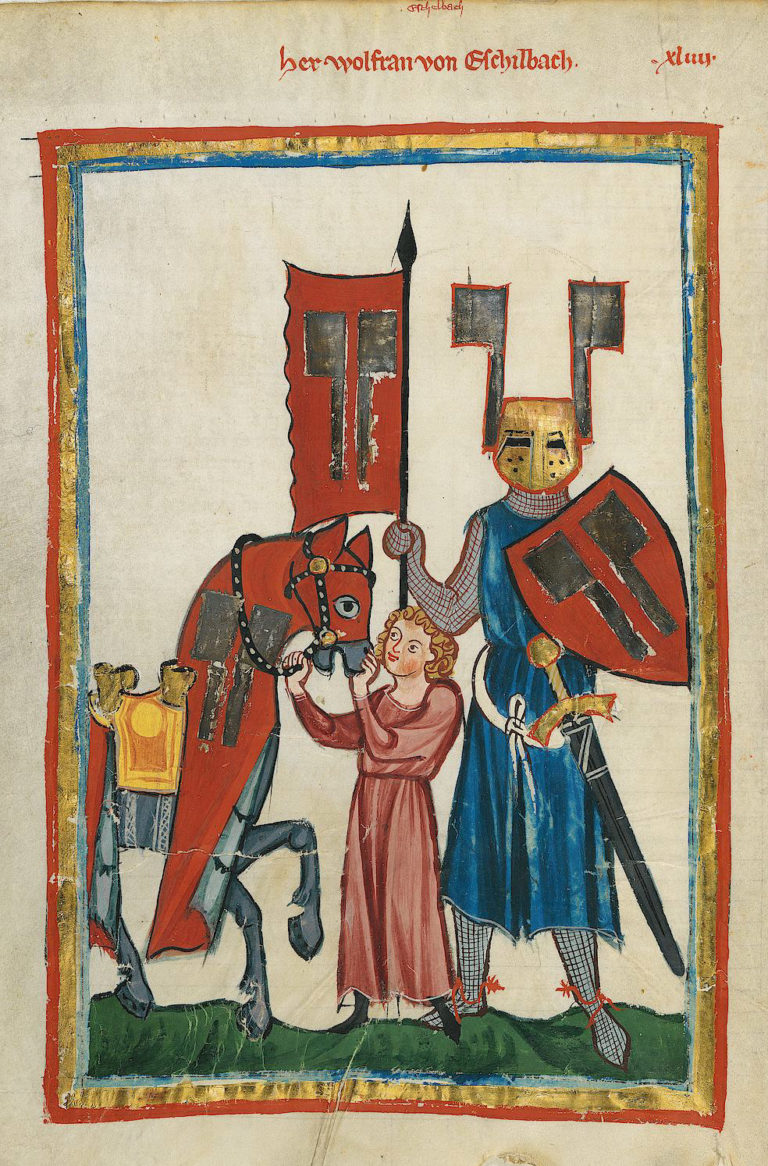
When boys turned 15, he became a squire after swearing on a sword consecrated by a bishop or priest. Squires continued training in combat and were allowed to own armor and had to master the “seven points of agilities.” Riding, swimming and diving, shooting different types of weapons, climbing, participation in tournaments, wrestling, fencing, long jumping, and dancing.
Upon turning 21, the squire was eligible to be knighted. The knighting ceremony was usually held during one of the great feasts or holidays, like Christmas or Easter, and sometimes at the wedding of a noble or royal.
The Chivalric Code
Chivalry developed as an early standard of professional ethics for knights. During medieval times, this grew from simple military professionalism into a social code, including the values of gentility, nobility, and treating others reasonably.
Ramon Llull‘s Book of the Order of Chivalry (1275) shows that by the end of the 13th century, chivalry entailed peculiar duties, such as riding warhorses, jousting, attending tournaments, holding Round Tables and hunting, as well as aspiring to the more æthereal virtues of “faith, hope, charity, justice, strength, moderation, and loyalty.”
Chivalry and religion were mutually influenced during the period of the Crusades, with clergy instituting religious vows which required knights to use their weapons chiefly for the protection of the weak and defenseless, especially women and orphans, and of churches.
Books about Knights and Medieval Life
More Medieval Occupations
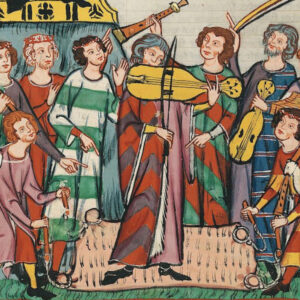
Medieval Minstrel
Medieval minstrels sang, played musical instruments, and told engaging stories. Here’s what life was like for a minstrel in the Middle Ages.
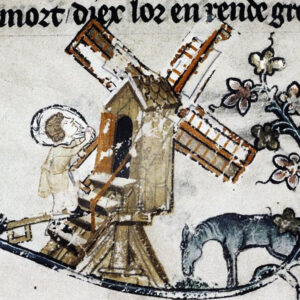
Medieval Miller
Millers were some of the most important tradesmen in the Middle Ages. Learn more about this medieval profession and how millers lived.
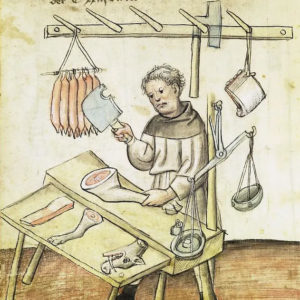
Medieval Butcher
Middle Ages butchers prepared meat, fish, and fowl for the people in a castle or a city. They sometimes had stalls in a marketplace.
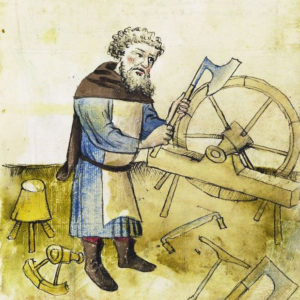
Medieval Wheelwright
Medieval candlemakers made candles from materials such as fat, tallow and beeswax.
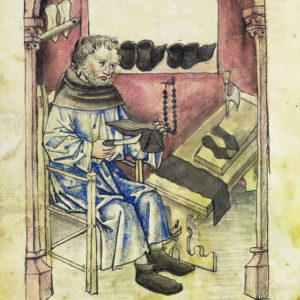
Medieval Shoemaker
Medieval candlemakers made candles from materials such as fat, tallow and beeswax.
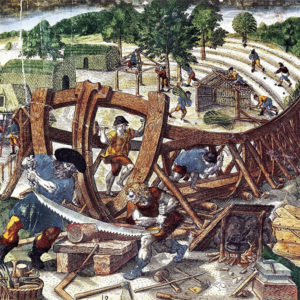
Medieval Shipwrights and Shipmaking
Being a sailor in the middle ages meant living a lonely and difficult life, as they would often set sail for months or even a year at a time.



